#MissUniverse #MissPhilippines #MissUniverse2018 #ParaSaBayan


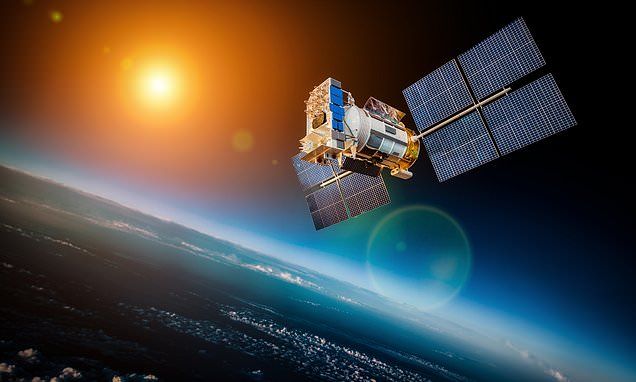
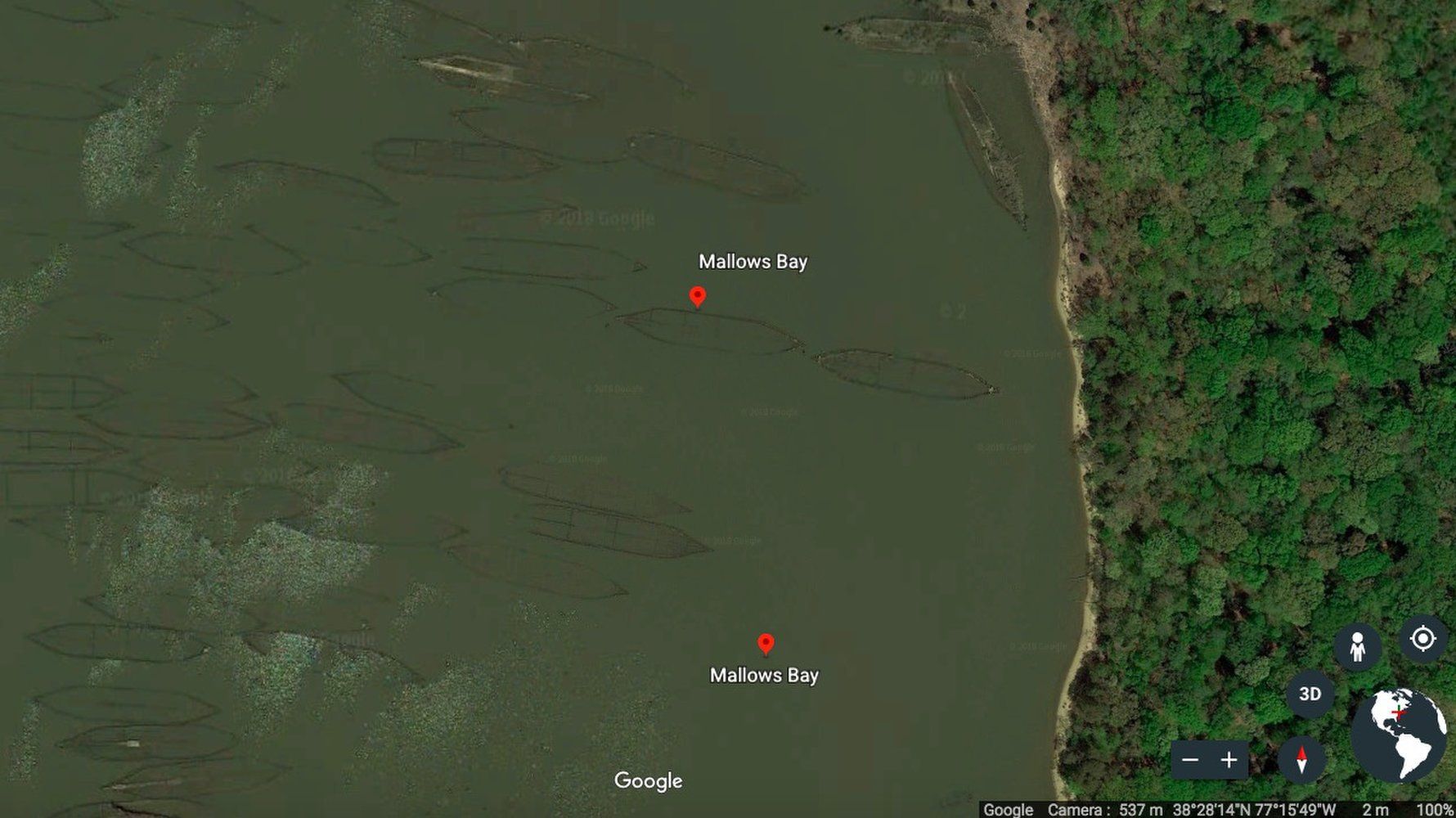
WASHINGTON — The history of maritime vessels in the U.S. is preserved in an unlikely place — at the bottom of a river.
Nearly 200 military shipwrecks — dating as far back as the Revolutionary War and including ships from the Civil War and both World War I and World War II — were deliberately sunk over centuries, in an area of the Potomac River called Mallows Bay, in Maryland. Over time, this so-called ghost fleet of wooden ships has come to serve as habitat for local wildlife.
But is this artificial ecosystem stable? Researchers recently investigated how the shipwrecks have changed over time; their findings, presented here on Dec. 13 at the annual meeting of the American Geophysical Union (AGU), explained how the bodies of the ships weathered river conditions — in some cases for hundreds of years — and how that might affect the future of the ghost fleet ecosystem. [Mayday! 17 Mysterious Shipwrecks You Can See on Google Earth].

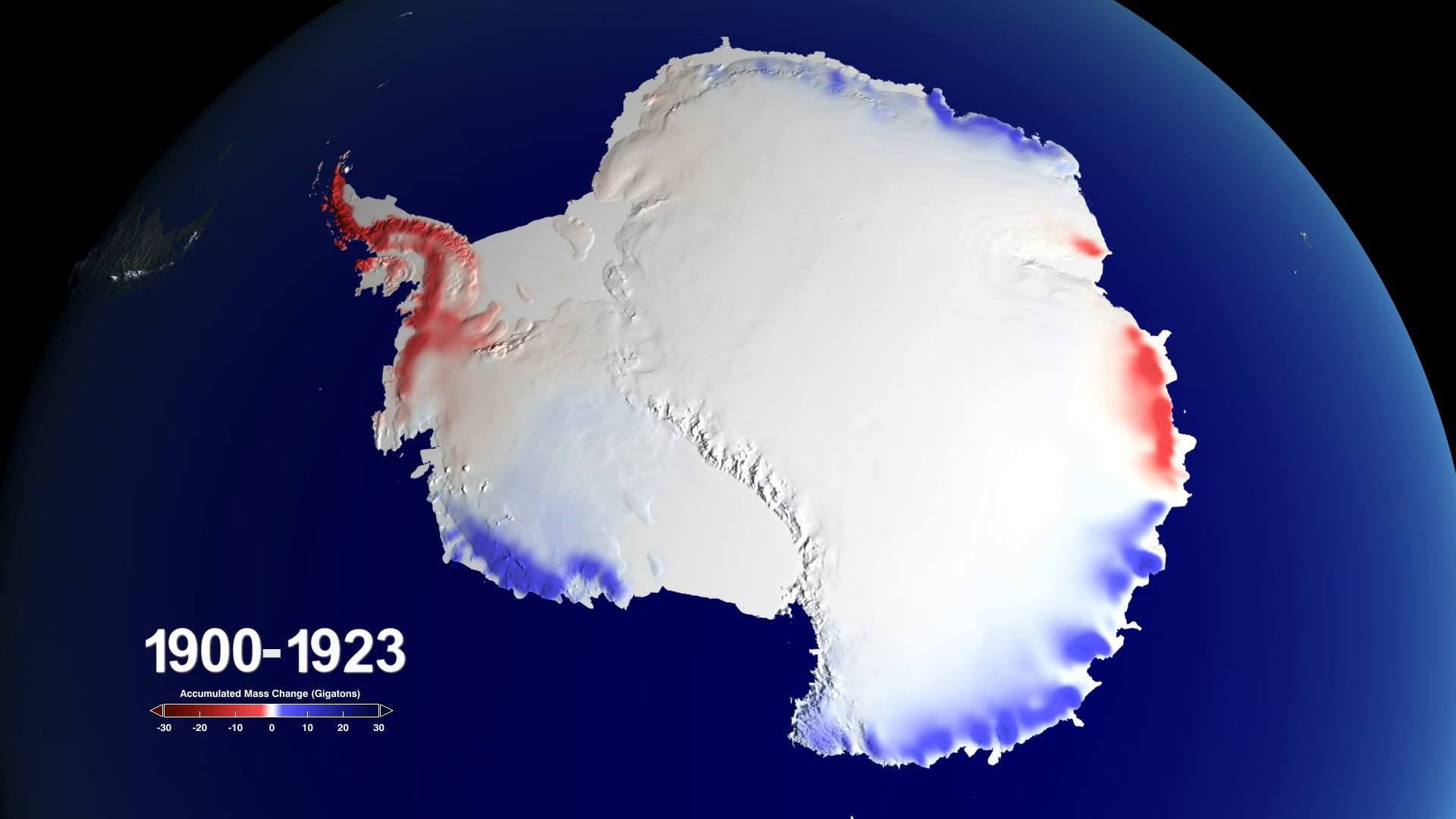
What caused Antarctica’s increased snowfall from 1901–2000? A warming atmosphere. But even with the extra snowfall, it’s still losing mass. Learn how we make future predictions of how ice sheets will shift: https://go.nasa.gov/2EnWVWj
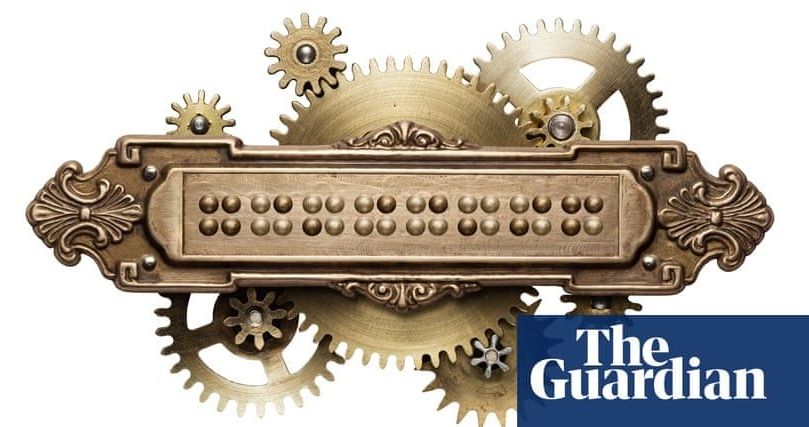

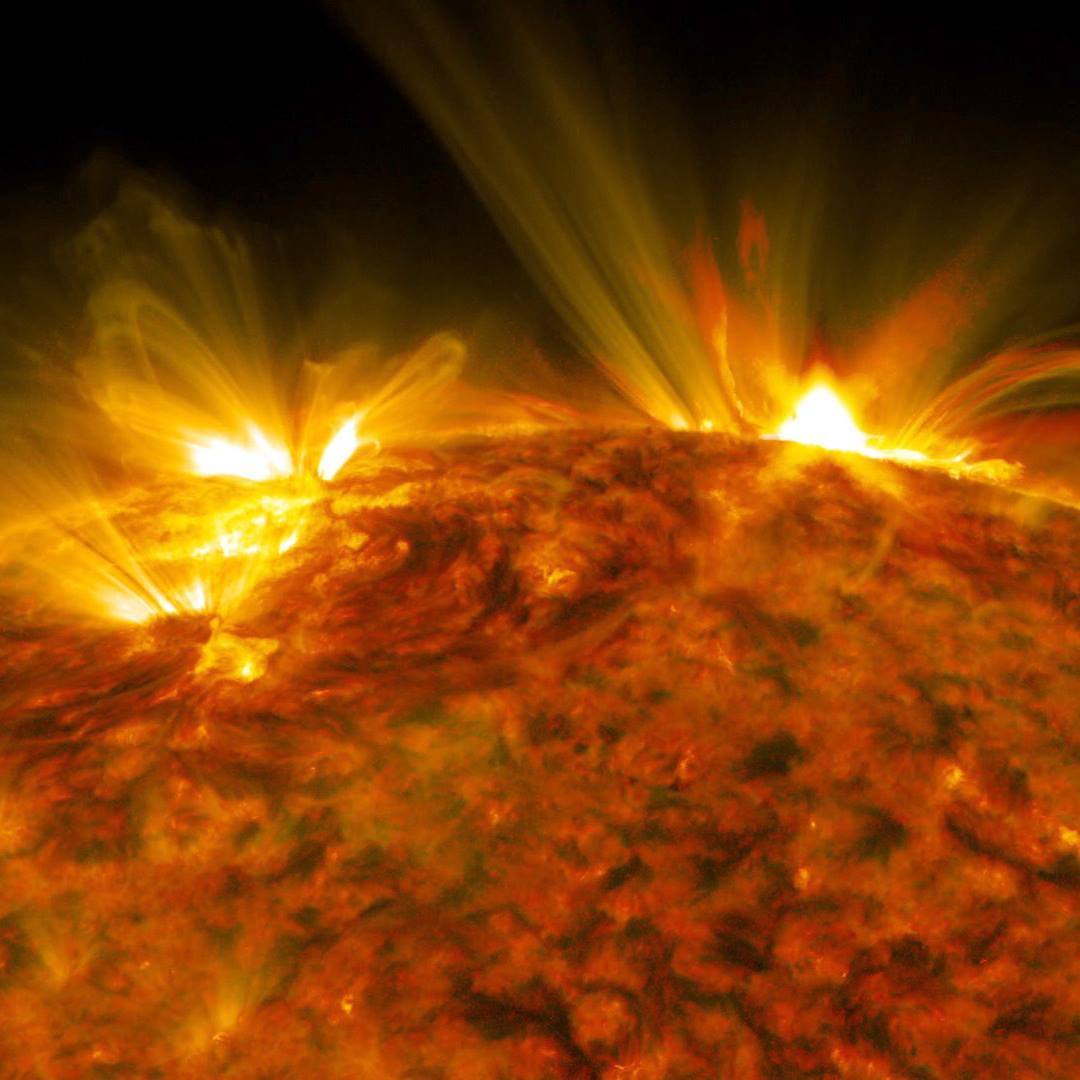
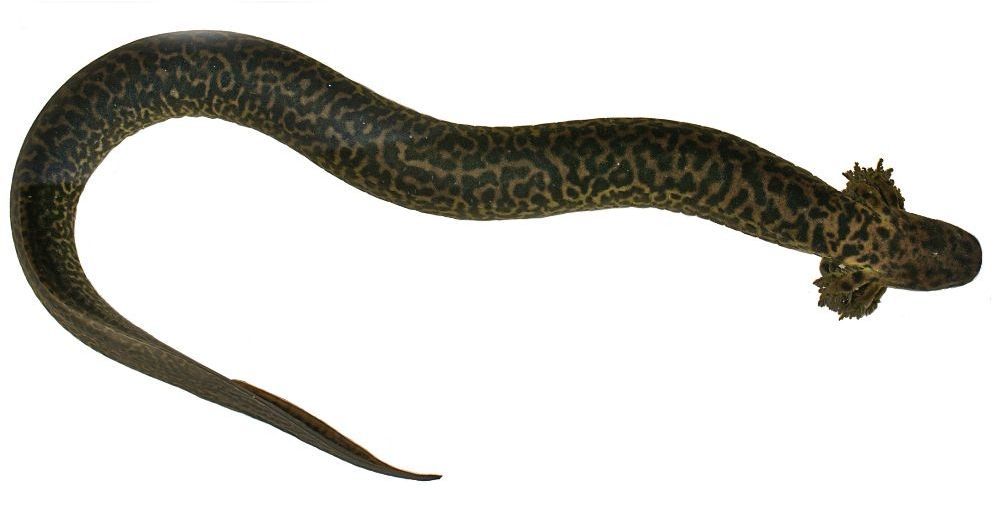
Florida residents, you have a new neighbor — and it has the body of an eel and the spots of a leopard. It also has two small arms with gills sticking out of its body, and lives in the swamps of the Panhandle.
The creature is actually a new species of legless salamander or siren. It is being officially called Siren reticulata, or the Reticulated Siren, and its discovery was published in the journal PLOS One journal last week.
Scientists say the two-foot-long Reticulated Siren is among the largest species discovered in the United States in over 100 years.
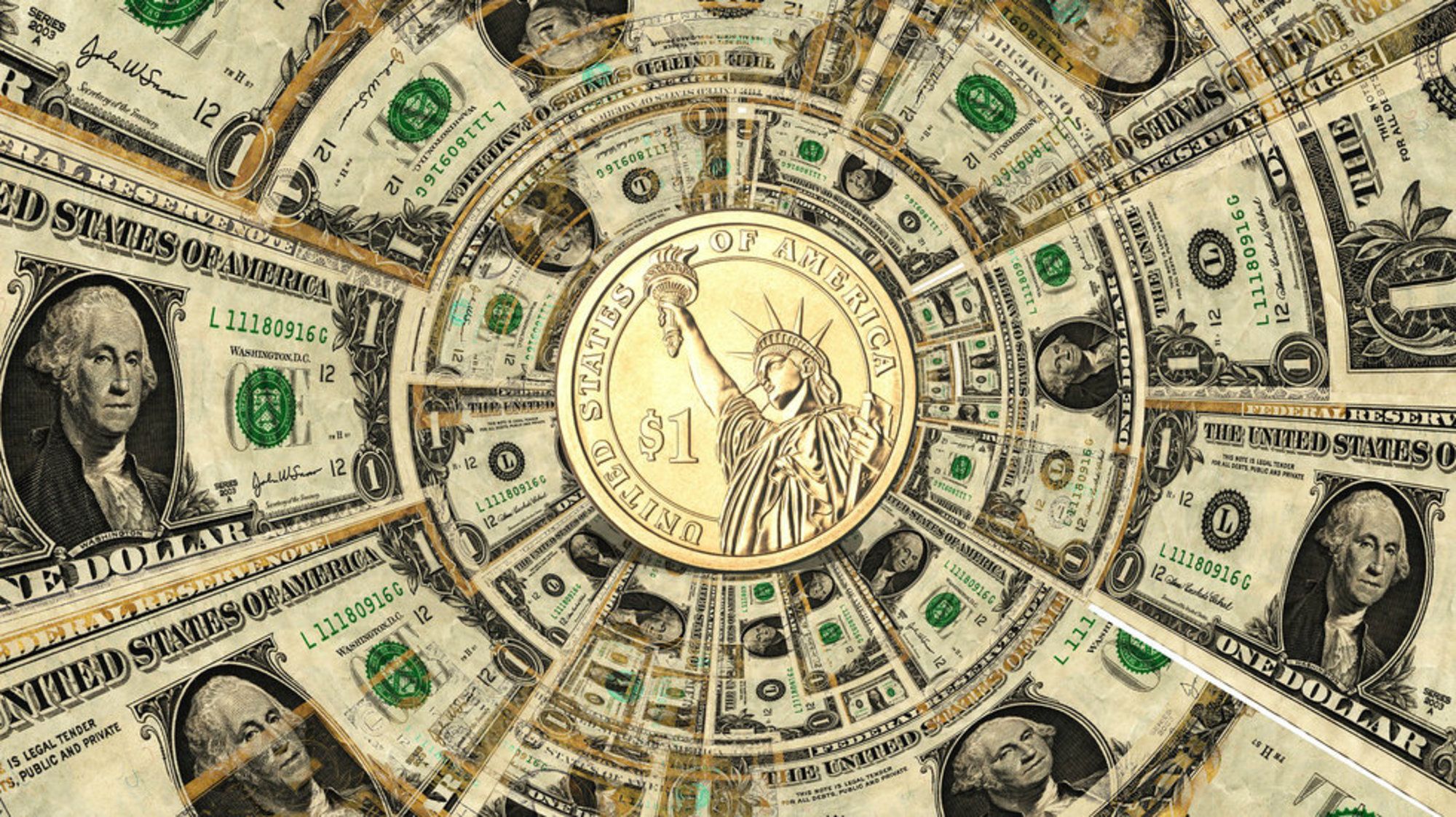
Facebook co-founder Chris Hughes — a millionaire many, many times over — is behind this big idea.
Chris Hughes earned nearly half a billion dollars after co-founding Facebook. Now he’s arguing for fairer wages in the form of a $500 monthly ‘social dividend’ for low- and middle-class Americans.